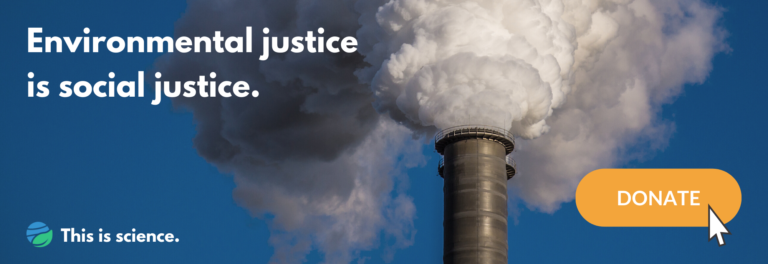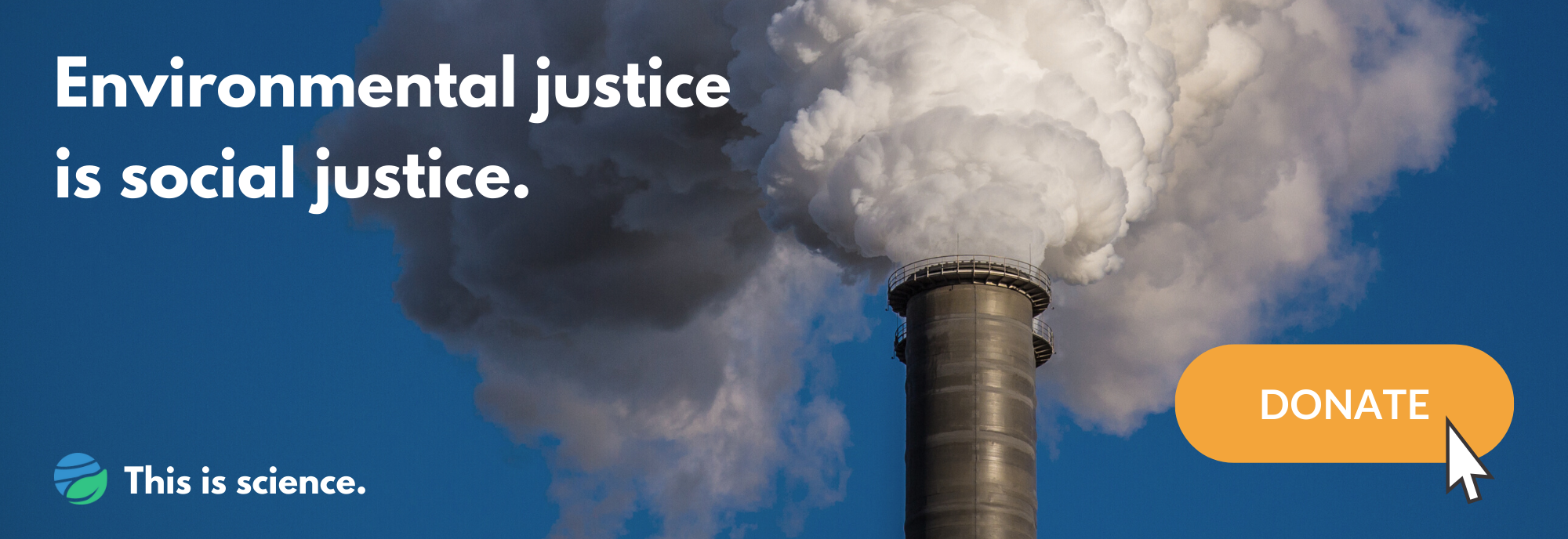
Extreme Clickbait: The Devastating Impact of Industrial Agriculture and Climate Change
The Dust Storm Tragedy: A Haunting Reminder of the Past
In May, a rare dust storm turned deadly in Illinois, resulting in a 72-vehicle pileup that claimed the lives of seven people and injured 37 others. This horrific incident reminded many of the devastating Dust Bowl of the 1930s, as similar climate patterns have emerged, wreaking havoc on the state. Prolonged dry spells during the critical growing season, combined with high winds that carry dry soil aloft, have become all too familiar. It is clear that we must address the underlying issues contributing to these disasters.
The Role of Industrial Agriculture in Climate Change
Modern-day farming practices, specifically large-scale conventional agriculture, play a significant part in exacerbating climate change. This approach focuses on intensive single crop production, mechanization, and heavy reliance on fossil fuels, pesticides, antibiotics, and synthetic fertilizers. While this system yields high production levels, it also carries serious consequences. Not only does it contribute to climate change, but it also pollutes air and water and depletes soil fertility.
The Potential for Sustainable Agriculture
Fortunately, when agricultural operations are managed sustainably, they have the power to preserve and restore critical habitats, protect watersheds, and improve soil health and water quality. It is crucial to shift towards more sustainable farming practices to mitigate the negative impacts of climate change.
The Link between Pesticides, Soil Degradation, and Climate Change
Central Illinois boasts some of the nation’s most fertile farmland, primarily dominated by corn and soybean fields. However, the rise of industrial agriculture since the 1960s, with its intense chemical farming methods, has led to significant soil erosion and degradation. Disturbingly, the annual soil loss on U.S. croplands today doubles the peak losses during the Dust Bowl era. This erosion carries nitrogen fertilizer and pesticides into waterways, causing harmful algae blooms that deplete aquatic life.
The Negative Feedback Loop: Soil Loss and Climate Change
Compounding the issue, soil loss contributes to climate change as degraded soil loses its ability to store carbon. In colder regions like central Illinois, soils can sequester carbon and keep it locked away for extended periods. However, degraded soils release stored carbon back into the atmosphere as carbon dioxide (CO2), the primary greenhouse gas responsible for climate change.
Challenges and Impacts of Climate Change on Agriculture
Climate change not only results from agricultural practices but also poses significant challenges to the industry itself. Hotter temperatures and changing weather patterns directly affect agricultural production, soil and water resources, and the well-being of farmers and livestock.
Exploring Alternatives: Promising Solutions for Sustainable Agriculture
While addressing climate change’s disruption of agriculture may seem complex, it is crucial to find viable alternatives to industrial agriculture. This approach heavily relies on chemicals, mechanization, and intensive energy use, favoring large corporate farmers and pushing smaller, traditional farmers to the sidelines. However, ecologically oriented farming approaches, such as organic farming, permaculture, regenerative farming, and sustainable agriculture, offer greener solutions. The term “agroecology” has emerged as a comprehensive concept, encompassing the scientific basis and practice of ecological-based agriculture.
Practices like no-till farming, double cropping, and cover cropping hold tremendous promise in preserving and enhancing soil health, reducing fertilizer usage, and trapping carbon that would otherwise contribute to atmospheric pollution. However, these practices face challenges, including economic risks and insufficient support from governmental organizations like the U.S. Department of Agriculture.
Learn from History: Preventing a New Dust Bowl
Nearly a century ago, misguided farming practices and changing climates gave birth to the economic and social devastation witnessed during the Dust Bowl. Today, we face a similar reality, with soil turning to dust and ominous dust storms darkening our skies. Embracing agroecological practices is our best chance to save our soil, stabilize the climate, and prevent another catastrophic event.
